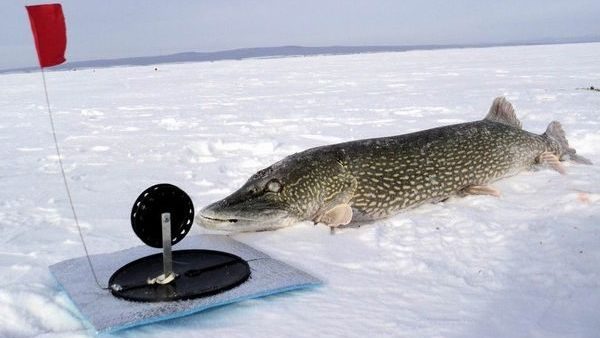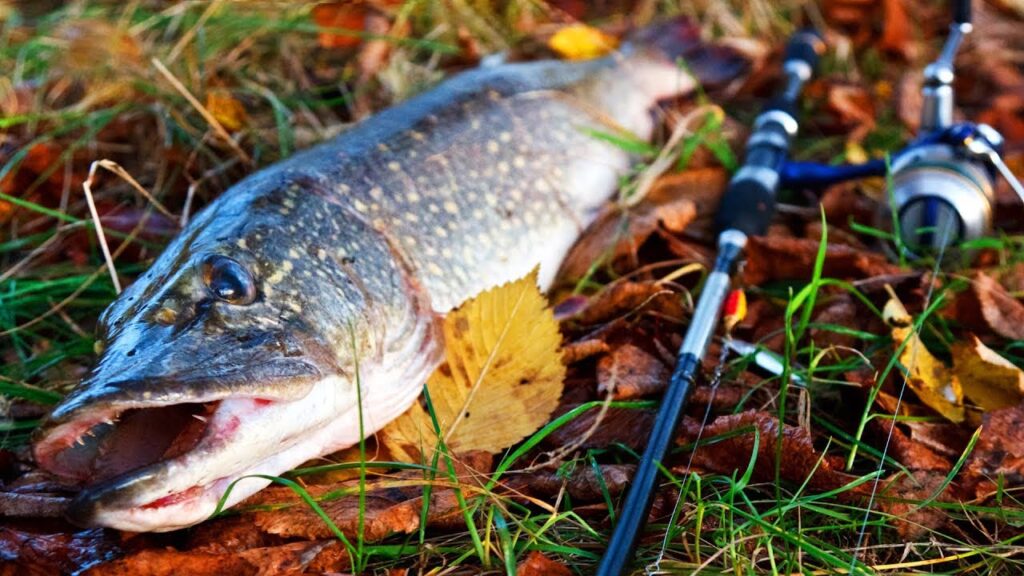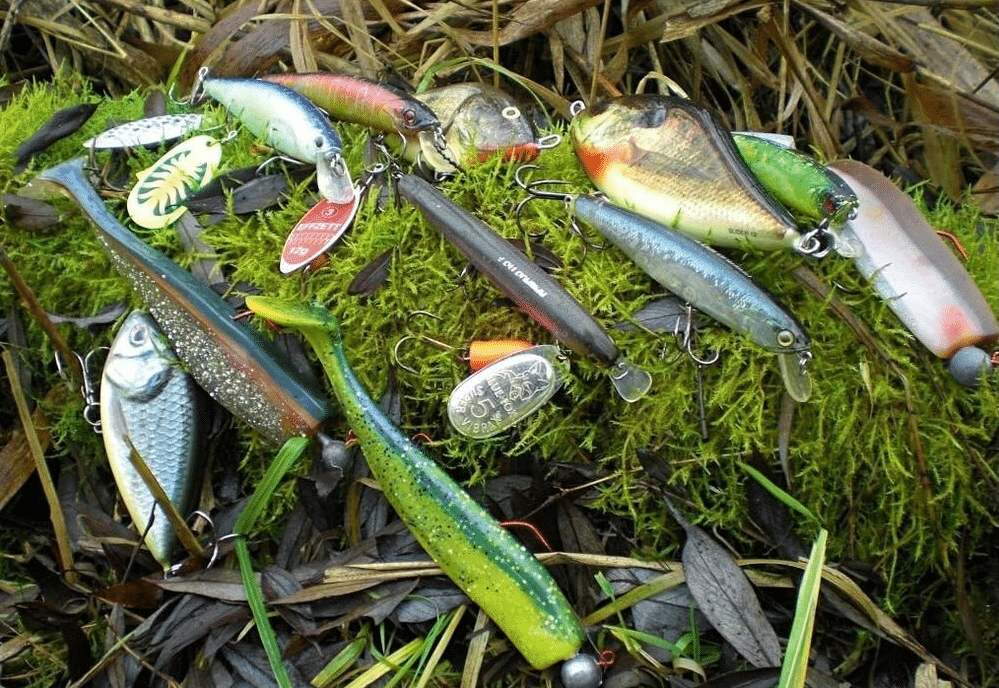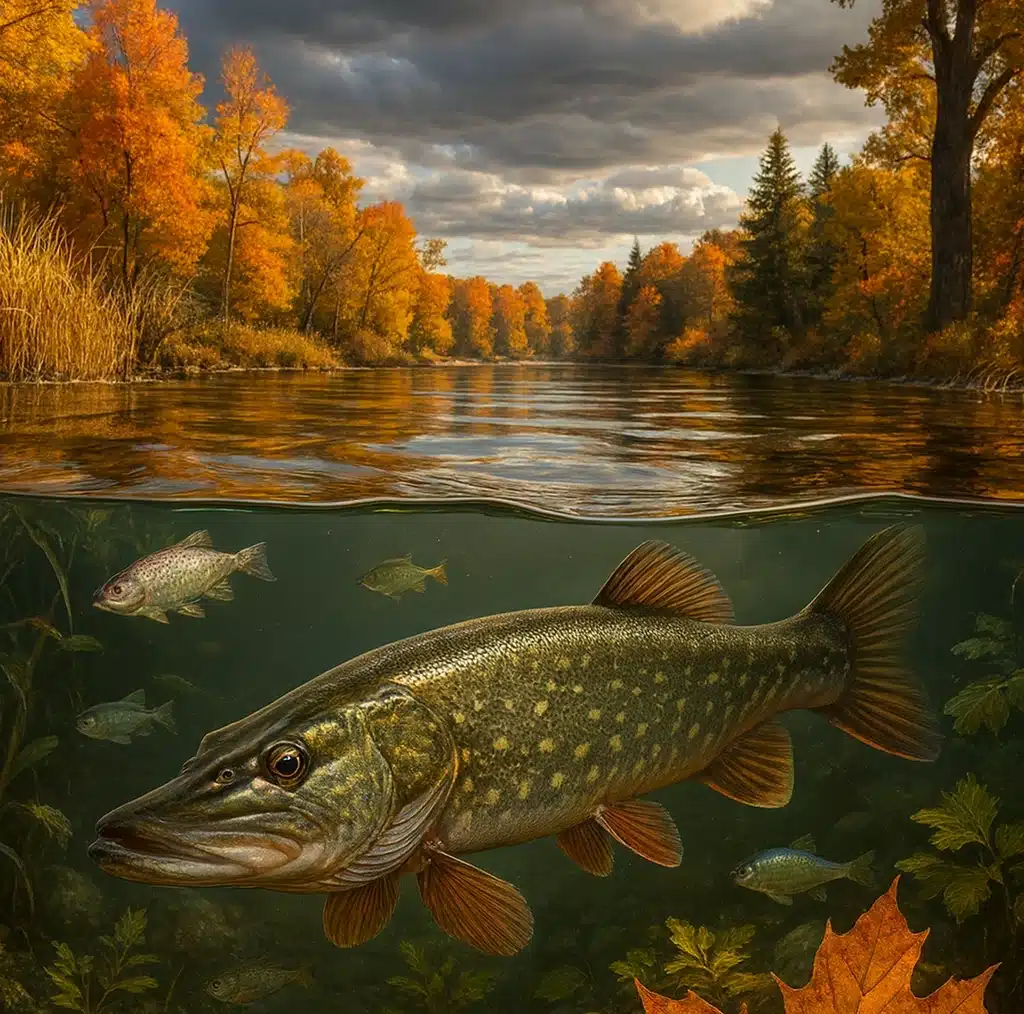Lydekų žvejyba gyva žuvele nėra tokia mobili kaip spiningavimas, tačiau tuo pačiu reikalauja daug kruopštesnio pasiruošimo ir žvejybos organizavimo. Lydeka – yra viena populiariausių mūsų gėlo vandens telkinių plėšrūnų. Ji beveik visada alkana, išskyrus neršto laikotarpį, tad žvejoti galima ištisus metus (išskyrus neršto laikotarpį, kai žvejyba draudžiama).
Labiausiai paplitęs žvejojimo būdas mūsų krašte – spiningavimas. Tačiau ne visi meškeriotojai atlaiko spiningo žūklei reikalingą aktyvumą. Jiems yra alternatyva – lydekų žvejyba gyva žuvele. Pagauti lydekas ant gyvo masalo gali visi, nepriklausomai nuo amžiaus ir sveikatos. Tai nereikalauja didelių fizinių pastangų, tačiau suteikia ne mažiau įdomių akimirkų kovojant su plėšrūnu. Šiame straipsnyje aptarsime populiariausius plėšrūno gaudymo ant gyvo masalo būdus.
Kur žvejoti skirtingais metų laikais
Vasara
Lydeka mėgsta pulti grobį iš augmenijos, todėl perspektyviausios vasaros žvejybos vietos yra skaidraus vandens langai tarp žolių. Kadangi tokias vietas labai sunku pasiekti nu kranto todėl dauguma meškeriotojų renkasi žvejybą iš valties.
Ruduo
Rudenį augmenija tampa ne tokia gausi, o plėšrūnas artėjant žiemai rodo nepaprastą apetitą. Rudenį lydekų žvejyba gyva žuvele efektyvi visais įrankiais. Kadangi vanduo pradeda vėsti lydeka traukiasi nuo žolių linijų į duobes ir šlaitus. Šiuo laikotarpiu vykdoma tikslinga trofėjinių egzempliorių žvejyba, kuri ypač produktyvi prasidėjus pirmosioms šalnoms.
Žiema
Žiemą lydekų žvejyba gyva žuvele keičiasi kardinaliai, nes žvejojama jau nuo ledo. Nuo ledo meškeriotojas gali patekti į perspektyviausias vietas ir pastatyti skritulius neatsižvelgdamas į blogas oro sąlygas. Tačiau yra vienas „bet“: lydeka retai nutolsta nuo savo įprastos buveinės, todėl perspektyvios vietos paieška gali užtrukti. Šiuo atveju racionalu žvejoti pažįstamame ežere.
Pavasaris
Pavasarį, tirpstant ledams ir po neršto, lydekos maitinasi ypač aktyviai, puola prie bet kokio daugiau ar mažiau valgomo grobio. Šiuo metu lydeka laikosi daugiausia apatiniuose vandens sluoksniuose, bet ne per dideliame gylyje, dažniausiai prie žolių linijos kur neršė. Šiuo laikotarpiu, geriausiai žvejoti palei nendrių liniją.
Lydekų žvejyba gyva žuvele plūdine meškere
Lydekų žvejyba gyva žuvele naudojant plūdinę meškerę perspektyviausia vasarą, pavasarį ir ankstyvą rudenį. Meškerės dažniausiai naudojamos vidutinio ilgio (6-7 metrų), kurių testas didesnis nei 40 gramų. Galite naudoti beinercinę ritę.
Pagrindinis valas gali būti aukštos kokybės monofilamentinis valas, kurio skersmuo 0,3 mm ar didesnis, arba plaukiantis pintas valas. Pavadėlio naudojimas yra privalomas. Gaudant trofėjines lydekas naudojamas didelis gyvas masalas, kuris atitraukia plėšrūno dėmesį nuo grubios įrangos.
Įrangoje yra statinės formos plūdė su 20-25 gramų testu (jos svoris kinta priklausomai nuo masalo dydžio) ir galingi grūdinto plieno kabliukai (dažnai trigubi). Užmetant gyvas masalas turi būti 25-40 cm atstumu nuo dugno ir būti gana aktyvus.
Lydeka staigiai ir agresyviai atakuoja masalą, dažniausiai nunešdama plūdę pakankamai toli į šoną. Labai svarbu parinkti optimalų pakirtimo laiką, nes plėšrūnas grobį suvalgo ne iš karto. Lydeka sukandą jį per kūną, pasitraukia ir tik tada pradeda ryti. Tai reiškia, kad tinkamiausias metas pakirsti yra tada, kai pajudėjusi į šoną plūdė trumpam sustoja ir vėl pradeda judėti.
SVARBU
Nuo 2023 m. gegužės 1 d. nebebus galima naudoti plūdrių mėgėjų žvejybos įrankių, kurie nepritvirtinti prie meškerykočio ir kuriais žvejojama naudojant kabliuką. Šis draudimas nebus taikomas žvejojant ant ledo, tačiau vasarą skritulių ir analogiškų žvejybos įrankių, tarp žvejų vadinamų „popkėmis“ vandens telkiniuose nebeliks.
Lydekų žvejyba žiema
Žvejojant žiemą pagrindinė problema – rasti patrauklių vietų, todėl lydekas rekomenduojama medžioti pažįstamuose vandenyse. Natūralu, kad ant ledo nėra tankumynų, todėl perspektyviausios yra duobės, pakraščiai, visokios dugno anomalijos, pelkės ir pan. Labai sunku juos atpažinti po ledu, ypač jei ežeras jums nėra žinomas ir neturite po ranka echoloto.
Kitas sunkumas, šį kartą grynai fizinis, yra skylių gręžimas. Ieškant vietos plėšrūnui, kartais tenka išgręžti keliasdešimt skylių, todėl pateisinama naudoti ne mechaninius, o elektrinius ar benzininius ledo grąžtus. Gyvo masalo pagavimas taip pat yra problemiškas. Žuvų galite įsigyti specializuotoje žūklės parduotuvėje arba galite pagauti patys, tiesa, ant ledo tai ne visada įmanoma. Todėl jei nenorite leisti pinigų įsigytam gyvam masalui, gaudykite jį iš anksto.
Pagrindinės lydekos ant ledo žvejybos priemonės – skrituliai su vėliavėlėmis, kaip signalizavimo įrenginiais. Dažniausiai naudojamos gamyklinės ant apvalaus pagrindo, kurios montuojamos tiesiai ant skylės (tuo pačiu apsaugo ją nuo užšalimo), tačiau kai kurie meškeriotojai mieliau gamina reikmenis senamadiškai, savo rankomis.
Didelė lydeka – nuostabus trofėjus žiemos žvejyboje. Bet ir nepamirškite saugumo ant ledo. Nei žvyno draugai!










